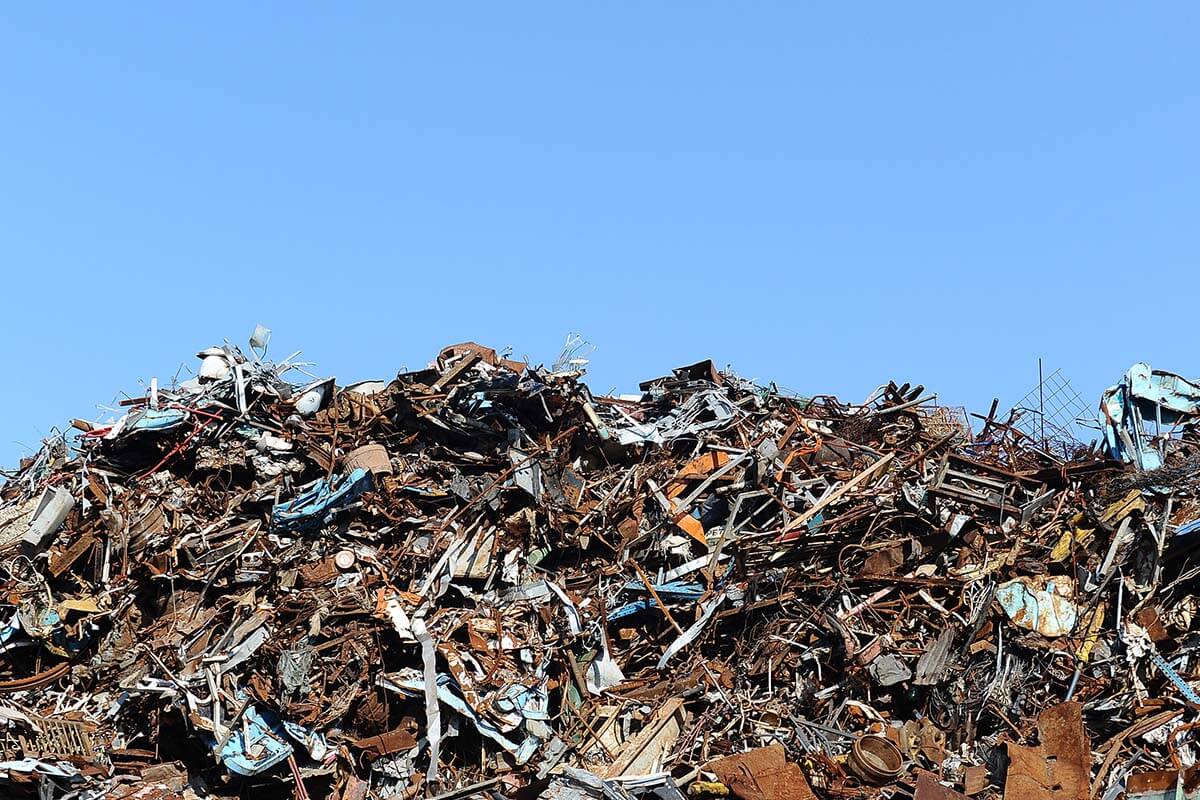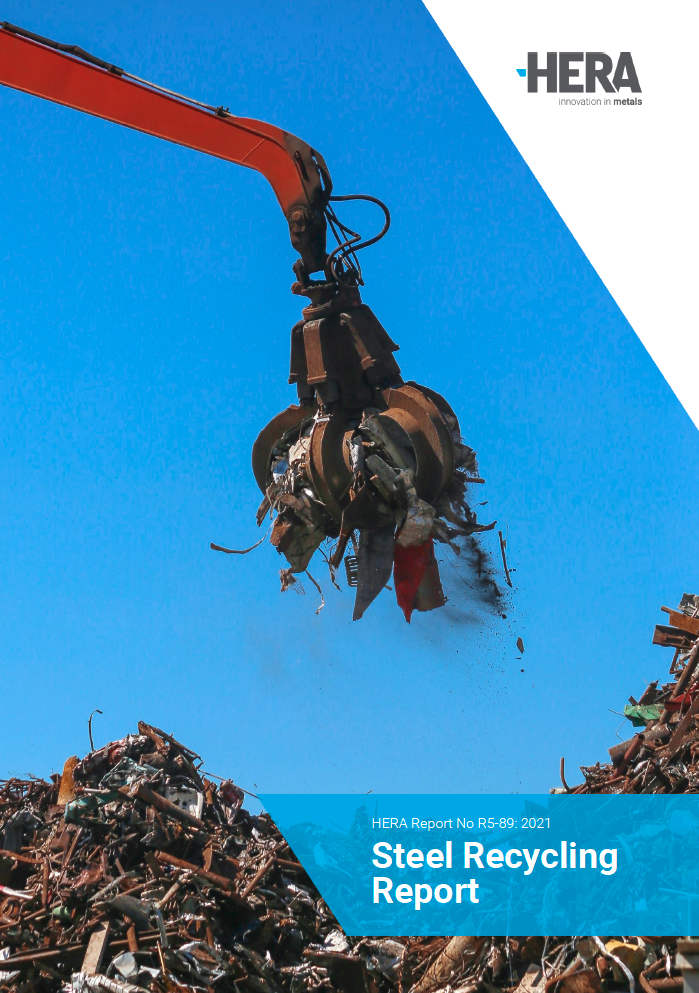Our recently commissioned HERA Report R5-89 shows steel plays a key role in the circular economy.
The study was undertaken by thinkstepANZ and showed an impressive 72% of steel scrap in New Zealand is recycled, and that recycling steel scrap produced in Aotearoa New Zealand provides significant environmental benefits – despite the need for transport to overseas recycling facilities.
The study also showed that the amount of steel scrap collected for recovery is critical to the overall benefits of the recycling system.
Nevertheless, the current estimated collection rates are providing a significant benefit across the year — the collection of 545 kilotonnes of steel scrap every year is shown to provide a net benefit of 793 kilotonnes CO2-equivalent. This would increase to 1,106 kilotonnes CO2-equivalent per year if 100% of generated steel scrap were collected for recovery*.
Key recommendations
From the report, recommendations to improve the steel scrap collection rate in New Zealand include:
- encouraging the design of products for recycling so that material disassembly and separation during the end-of-life phase is easier; and
- continuously improving the waste management and recycling infrastructure; adapting to the material recovery of complex end-of-life products made from a diverse range of materials.
The estimated steel scrap recovery rate is based on global data and New Zealand industry information for the calendar year 2020. This value is unfortunately slightly lower than the estimated recovery rate for steel scrap in New Zealand based on the calendar year of 2015, which was about 80%**.
Due to the higher proportion of New Zealand steel scrap generated from sectors with lower recovery rates (for example, domestic appliances), the estimated recovery rate for steel scrap is also lower than the global average recovery rate (85%).
The savings in global warming potential per tonne of steel scrap generated in New Zealand was 1,054 kg CO2-equivalent at 72% recovery, increasing to 1,471 kg CO2-equivalent for 100% recovery.
HERA will incorporate the data as a “for information” prompt in its zero carbon steel offset calculator, to demonstrate the importance of steel recycling and the carbon performance improvements associated with a circular economy.
*When we move from 72% to 100% recycled, we don’t just increase the amount of steel recycled by 28%, we also stop that 28% going to landfill (which has impacts/burden).
So we move from 72% with benefits and 28% with burden to 100% with benefits, leading to a more than 28% increase in overall benefits.
**Eunomia (2017). The New Zealand Waste Disposal Levy: Potential Impacts of Adjustments to the Current Levy Rate and Structure.
Update shared by our CEO, Troy Coyle

